
Lavender Plants: Where to Start
Published: 12/06/2024 | Updated: 12/06/2024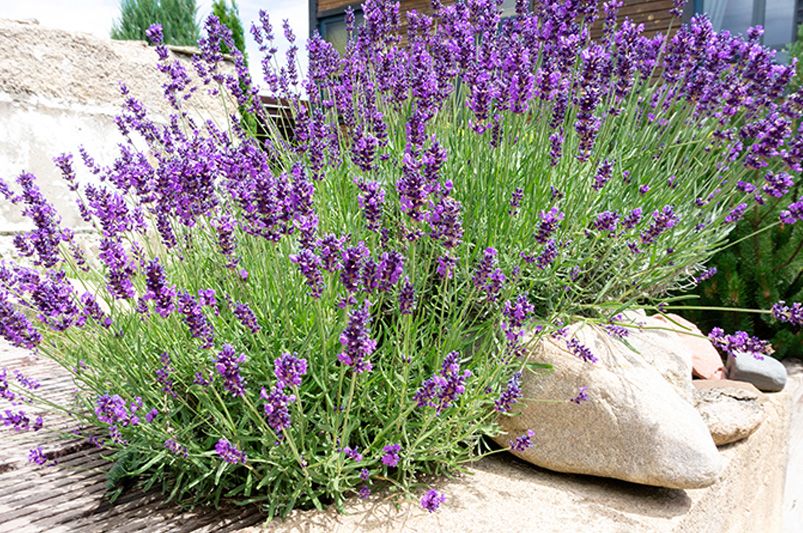
Everything You Need to Know to Plant Lavender
Lavender belongs to the Lamiaceae family. This perennial plant has a big variety of species and cultivars. Some characteristics that are usually stable, though, are the striking gray green foliage, compact form, and upright flower spikes that carry flowers all over the purple color spectrum.


Not many people know that those plants have culinary value as herbs. However, they’re usually grown for their ornamental values and sweet aroma. We’ll walk you through the conditions needed to grow healthy lavender plants and what is the best care to provide to enjoy their beauty when they thrive.
Growing Conditions and Ideal Care
Lavender plants naturally originate from the Mediterranean (where people have historically harvested them for essential oils) and thrive in conditions similar to those found in this region. In this section, we’ll break down what those exact conditions and how to provide the ideal care and maintenance.
Hardiness and Climate
USDA hardiness zones 5 to 9 include the humid climates and moderate weather of the Mediterranean, to an extent. That’s where most lavender plants can flourish. But some varieties will have different preferences. Lavender plants prefer warm temperatures and are not frost-tolerant.
Soil Conditions
Lavender prefers well-draining soil. When it comes to pH, lavender plants prefer slightly alkaline to neutral soil, with a pH range of 6.7 to 7.3. Those are amendable factors if you have a soil that’s not suitable for growing lavender, like clay soil. You can adjust it with compost and home made recipes.
Sunlight
Lavender requires full sun. That means at least 6 hours of direct sunlight a day, with the ideal hours being 8. It thrives in hot and sunny conditions, but some varieties can tolerate partial shade.
Watering
Lavender plants require regular watering until establishment. Once established, they’re drought tolerant, so it’s best to allow the soil to dry between waterings. Don’t let it be an overly dry soil. Use a water spray and not overhead watering to avoid over-watering.
Pruning
Regular pruning does those plants well. It leads to bushier growth. To prune lavender plants, do it in the early spring, just as fresh growth emerges. The best way to go about it is to trim back one-third of the plant’s height.
Fertilizing
Lavender plants don’t have huge fertilization needs, but some light fertilization can do them well. The best method is dabbing slow-release, balanced fertilizer in the spring. Make sure to not overdo it as it can lead to huge foliage and take away from the blooms.
Pest and Disease Control
Preventive care is essential for healthy lavender plants. Though Lavender plants have resistance, lack of sufficient care can make them susceptible to it. Provide good air circulation to prevent fungal diseases from appearing and spreading. Also, avoid excess moisture to prevent root rot.
Propagating Lavender
To propagate lavender plants, you only need to take cuttings in the early summer, make sure they’re healthy, prepare them by removing the lower leaves and picking the longest of them, then dipping them in rooting hormone. Then just deal with them as any new cuttings.
Harvesting and Drying Lavender
As mentioned, lavender plants have been historically great for drying and using as herbs. If you want to try it out, you only need to harvest by sniffing off the stems. That’s around when half of the flower buds have opened, and cutting off those steps in a long way. Hang in a cool and dark place (with good air circulation) and you’ll have your dried lavender in a couple of weeks.
Lavender Plants to Start With
There are many types of lavender out there to grow and enjoy. These six are our all-time favorites we think are best to start with:
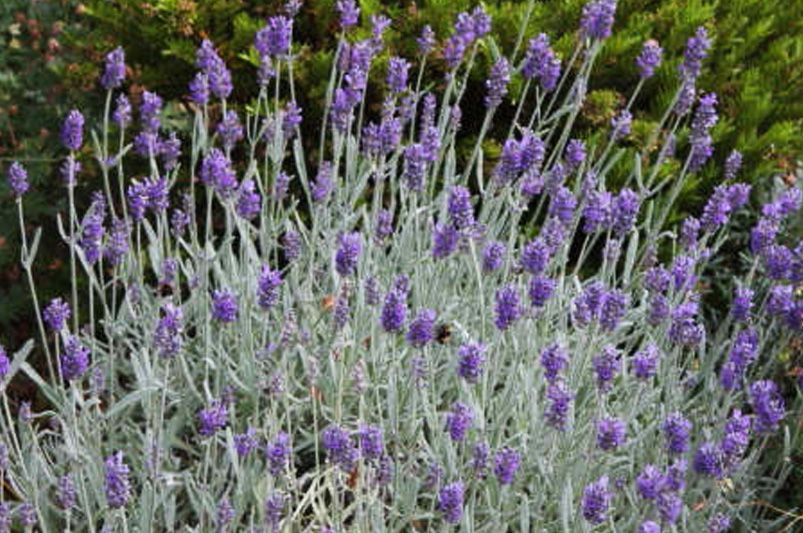
Silver Mist English Lavender
Silver Mist English Lavender, also known as Lavandula angustifolia ‘Silver Mist’, is a variety of lavender with a silvery foliage. The silver foliage that gives it a ghostly appearance from afar gives it its name. It blooms in midsummer with purple flower spikes.
Like other English lavenders, Silver Mist releases a delightful fragrance. You can plant this one in herb gardens or in perennial borders. The dried flowers are also make popular pot-pourri. Silver Mist is a hardy variety, thriving in USDA Hardiness Zones 5-9
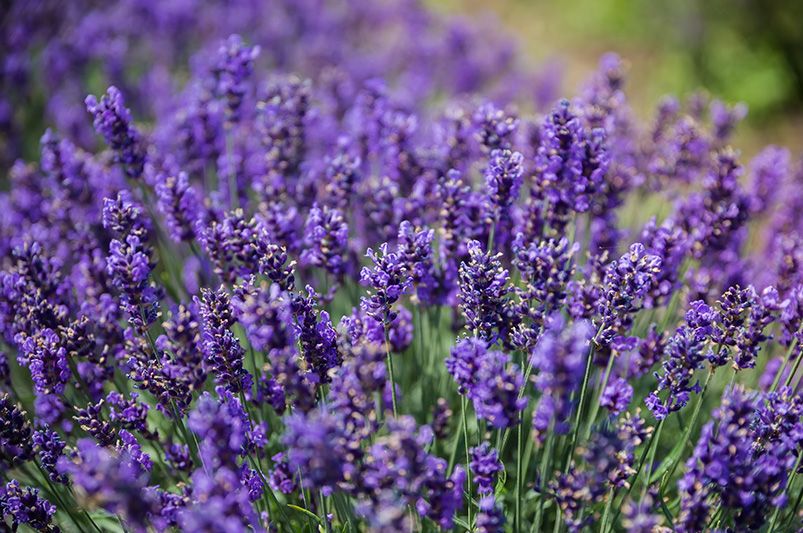
Lavender Sensational!
Lavender Sensational!, also known as Lavandula stoechas ‘Sensational’, is a showy and aromatic variety that features compact and bushy mounds, topped with a profusion of brightly colored bracts and small lavender-blue flowers.
It releases a pleasantly sweet yet herbaceous aroma and typically blooms with those lavender flowers in spring and summer. It makes for an excellent addition to herb gardens and rock gardens. Sensational Lavender is hardy in USDA Hardiness Zones 8-9. It thrives in semi-arid climates and coastal regions.
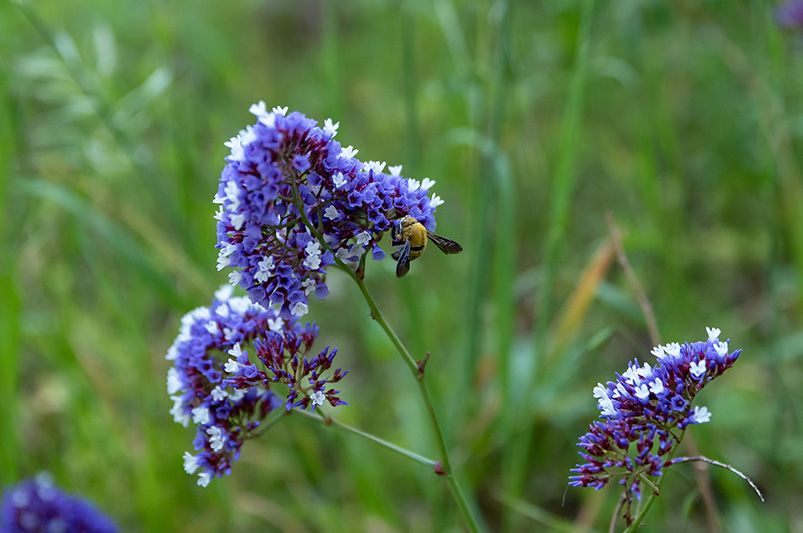
Sea Lavender
Sea Lavender, also known as Limonium latifolium, is a perennial coastal plant. It typically has small, delicate blooms in shades of purple, pink, or white, and feature long, leathery leaves. It grows well in hardiness zones 4 to 8.
Sea Lavender is a hardy plant that is resistant to salt spray and can tolerate sandy soil. People mainly use Sea Lavender as an ornamental plant, but it is also often used in dried flower arrangements and craft projects due to its ability to retain color well when dried.
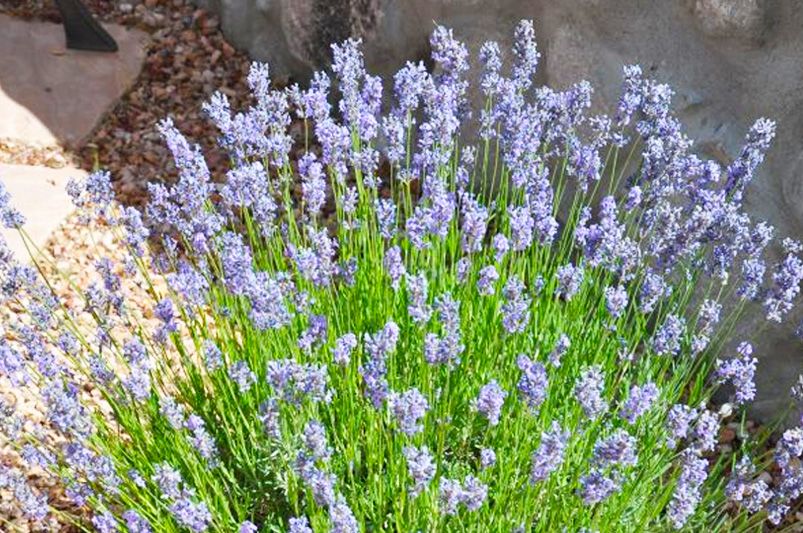
Provence Lavender
Provence Lavender, also known as Lavandula x intermedia ‘Provence’, is a stunning lavender loved for its deep purple flowers that grow against silvery-gray foliage. Provence Lavender is a tall and elegant lavender variety, reaching heights of up to 24-36 inches. The aroma is sweet, floral, and herbaceous.
With its stunning appearance and aromatic qualities, Provence Lavender is a versatile plant for various garden applications. Provence Lavender offers versatility for various garden applications, such as being used as a border plant, in herb gardens, or as a focal point in ornamental plantings. This lavender thrives in USDA hardiness zones 5-9.
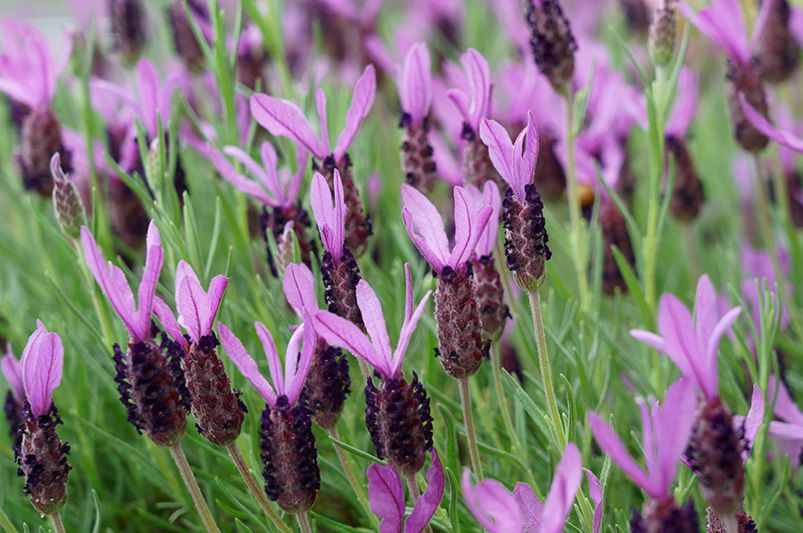
French Lavender
French Lavender, also known as Lavandula intermedia ‘Phenomenal’, is a popular lavender variety celebrated for its exceptional hardiness, long-lasting blooms, and aromatic fragrance. It features silvery-green foliage and abundant spikes of deep violet flowers, creating a visually captivating display in the garden12.
This one is can thrive in USDA Hardiness Zones 5-10 and is highly resistant to diseases and pests. Once established, it can tolerate dry and rocky conditions as well. It has an intoxicating fragrance, which exudes a sweet, and herbaceous scent, is something that people highly prize. Its adaptability, enduring blooms, and aromatic qualities make it a beloved addition to gardens, landscapes, and container plantings alike.
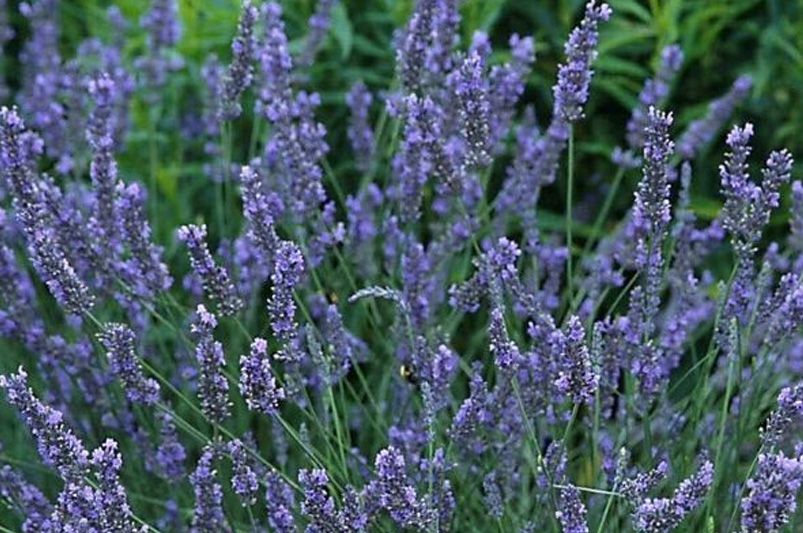
Grosso Lavender
Grosso Lavender, scientifically known as Lavandula x intermedia ‘Grosso’, is a hybrid lavender variety that combines the beauty and fragrance of woody English lavender with the notable resistance of Portuguese lavender. It boasts large and rich violet/dark purple flower spikes that have a strong fragrance.
Grosso Lavender is suitable for growing in zones 5-9. It’s valued for its high essential oil content, making it a popular choice for harvesting lavender oil. Whether used for its ornamental appeal, essential oil production, or culinary purposes, Grosso Lavender is a popular choice for any landscape.
Final Thoughts on Lavender
Lavender is one of the most famous perennials, loved for its striking foliage, stunning flowers, and its ability to attract butterflies. Learning to grow lavender is easy and rewarding, offering a range of benefits from its delightful scent to its ability to thrive in many conditions. This guide will walk you through everything you need to know to grow lavender plants and help you find your new favorite lavender plant for your landscape.


